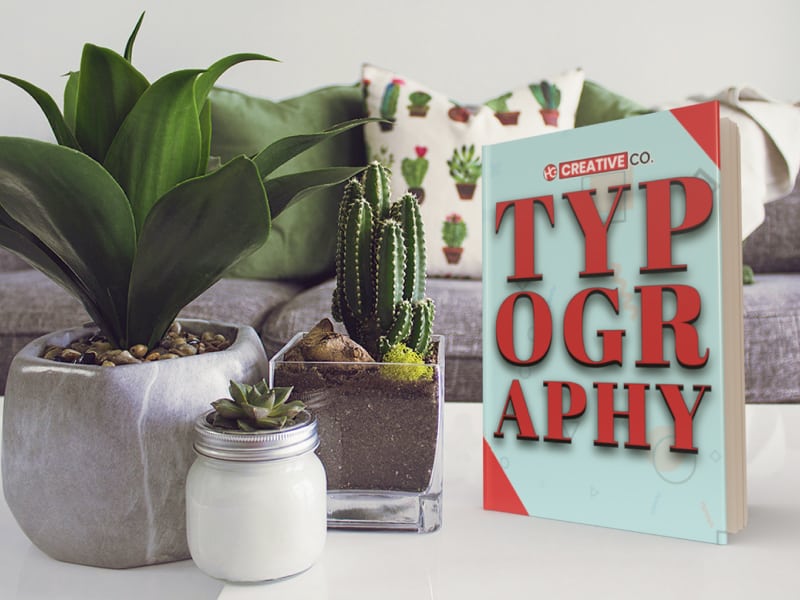It is common knowledge that the homepage of a website is one of the most important pages. It is what you see when you go to any site, and it’s the location where visitors will decide whether or not they want to stay and explore more. You should carefully think out the design and messaging of your home page before going live. The best way to do this is to consider the many factors that go into helping your homepage do its job effectively: What type of content will we provide? Who is our target audience? How can we use this page as an opportunity to convert them into customers?
Your logo or tagline
Your logo is a representation of your company. It should always be prominent, clear, and at the top of all pages, as this is where people expect to find them. You want visitors to automatically identify who you are and what type of service they can expect from you when they see that logo. The best logos are simple and iconic. A solid logo will stand the test of time, never go outdated or out-of-style, look great from any distance, whether it’s a small business card on someone’s desk or as large as life in an international airport. A logo should be memorable without having too much detail that becomes cumbersome for employees who need to wear t-shirts with your company name across their chests while working outside at events all summer long! If you don’t already have one, we strongly suggest you get one designed for you (and hey, we can help!)

A brief introduction to your company or brand
The goal of the homepage is to convert visitors into customers. The homepage is a hub of information that helps your customers know what they’re getting and why you would be the best option for them. A clear statement, such as “Free consultation” or a list of services offered, should be featured prominently on the page to give visitors an idea about what we offer with comfort in mind. We need to make it easier for potential clients to buy products from us or hire us for our services and also UNDERSTAND what they can hire us for in the future. The goal is not just conversion but also customer satisfaction. People are visiting this page because they want something you can provide. It makes sense that we talk about things, for instance, how easy interactions will go through mobile devices, how many years of experience each staff member or the company in general has, or how we’ve given others success. We need to do that while providing prospective buyers incentives by offering free consultations before making purchases!
The benefits of using your services or products that make you unique
What are the benefits of hiring or purchasing from you? Why would they not want to go with someone else instead? If a customer were to hire your company for service, what will be their experience like (emotional and tangible)? What do we offer those other companies don’t, and why should it matter to them as consumers making this decision? How can our product make their life better somehow–what is going on inside our business behind the scenes that make us a more effective business than others? The quicker you answer all of these questions, the better.

Your user won’t give you much time before getting bored and moving onto the next potential person who can help them. It would help if you positioned yourself as a strong authority and leader in what you do and in a way that makes the user the point of focus. Answer these questions clearly and concisely without making yourself sound like a salesperson. No one wants to be “sold,” and leaving your website is essentially the same as a customer slamming the door in your face.
Testimonials
Success stories are a powerful tool to help your website visitors feel confident in what you do. The testimonials section of your homepage is where people can find out how others have benefited from using or working with you–and then they will want to be one of those satisfied customers too! Include both client and employee testimonials, as it shows that you care about everyone who interacts with your business, not just clients.
Call-To-Action and Lead Generation
You should have different contact points on your page that generate leads. Email sign-up forms, phone numbers, and live chat are all examples of ways people can get in touch with you.
Have a prominent “Contact Us” button somewhere near the top. This button is essential for two reasons:
- It allows visitors to quickly start building their relationship with your company, which may lead them to purchase from you in the future.
- It also collects email addresses so you can communicate regularly with these potential customers without having to put any extra time or expense into marketing campaigns.
Offer your user something for free that THEY would be interested in, and have to enter their name and email to get. This free resource should be in the form of a digital asset. Examples of significant digital assets to give away for free include ebooks, a list, or a tool that would help them.
Create a contact form that gathers as much information as possible about what they need help with – the type of business, size, budget range, and project needs. Take care in ensuring that your form collects the necessary info without being too lengthy – No one wants to fill out a giant book. A contact form can help you sift through potential customers who are a good match and aren’t a good match for your company.
Your Contact info
Make it very obvious how and when to get ahold of you. You need to be readily available and easy to reach when someone needs more information. Include your phone, email, address (if you’re a brick and mortar business), Hours of operation, and your social media accounts. Always make sure that your contact information is up-to-date. If your leads can’t quickly get ahold of you, it creates distrust before you even have a chance to show them what you can do.

In Conclusion…
There are many ways to make your website successful, so don’t be afraid to experiment! You can do this by adding new features that will keep users engaged–adding videos or images, for instance (like interviews). It’s all about catering to what you think would interest them most. We often leave our site as it is without realizing how much more we could accomplish just by making small changes here and there. The first step is truly understanding your audience and what they want.




